1. Definition of Aluminum Profiles
Aluminum profiles are materials made primarily from aluminum alloys, processed through methods like extrusion, casting, or rolling to form specific cross-sectional shapes . These profiles are highly versatile, combining lightweight properties with structural strength, making them indispensable in modern industries.
2. Key Characteristics
l Lightweight & High Strength: Aluminum has a density of 2.7 g/cm³ (about one-third of steel), reducing structural weight while maintaining strength. Alloying enhances its tensile strength, reaching up to 300 MPa, comparable to some steels .
l Corrosion Resistance: A natural oxide layer protects against rust, ideal for outdoor or harsh environments like marine applications .
l Thermal & Electrical Conductivity: Aluminum conducts heat (~50-60% of copper’s thermal conductivity) and electricity efficiently, making it suitable for heat sinks and electrical components .
l Ease of Processing: Easily cut, welded, bent, and assembled using bolts or specialized connectors. Complex shapes can be extruded with precision .
l Recyclability: 100% recyclable without quality loss, supporting sustainable manufacturing .
l Aesthetic Flexibility: Surface treatments like anodizing or powder coating enhance appearance and durability .
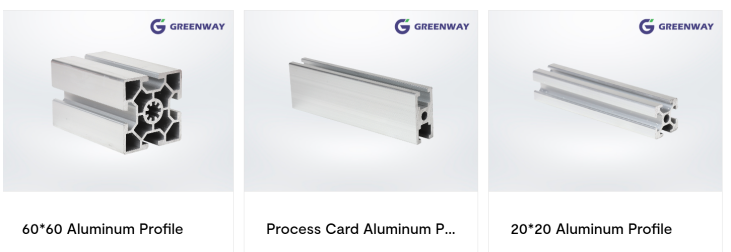
3. Applications Across Industries
l Construction:
n Windows, Doors, and Curtain Walls: Lightweight, corrosion-resistant, and thermally efficient for energy-saving buildings .
n Structural Components: Roofs, partitions, and decorative elements due to design flexibility and strength .
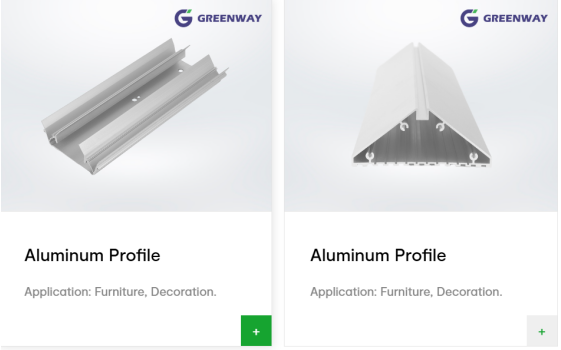
l Transportation:
n Automotive: Engine parts, frames, and wheel hubs reduce vehicle weight, improving fuel efficiency .
n Aerospace & Rail: Aircraft frames, landing gear, and train bodies leverage high strength-to-weight ratios .
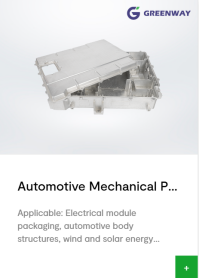
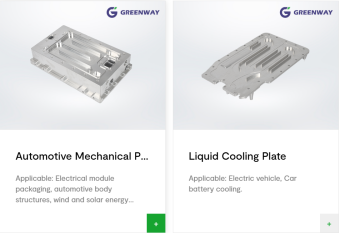
l Industrial Machinery:
n Automation Systems: Frames, conveyor belts, and robotic arms benefit from easy assembly and rigidity .
n Equipment Housings: Protective casings for electronics and machinery .
l Electronics:
n Heat Sinks: Efficient thermal management in computers and LEDs .
n Conductive Components: Used in cables and circuit boards .
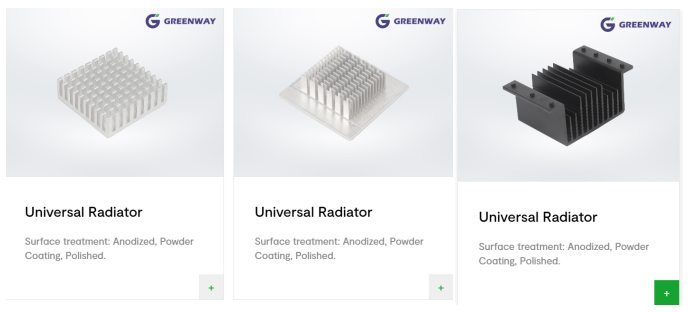
l Renewable Energy & More:
n Solar Panels: Mounting structures and frames .
n Medical Devices: Lightweight, sterilizable equipment .
4. Why Choose Aluminum Profiles?
l Cost-Effective: Lower transportation and machining costs compared to steel .
l Design Freedom: Customizable shapes meet complex engineering needs .
l Eco-Friendly: Recyclability aligns with green initiatives .
Aluminum profiles are the backbone of innovation across industries, offering unmatched versatility, durability, and sustainability. From skyscrapers to spacecraft, they shape a lighter, stronger future.
Using state-of-the-art engineering, we’ve been able to deliver superior results to all our satisfied customers. Find out how we can serve you by clicking below.
Learn Morelf you have any questions or comments, you can leave us a message and we will reply to you as soon as possible
